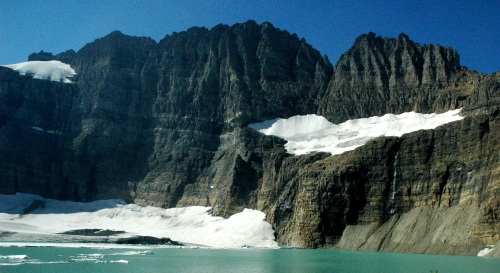Two launches scheduled for tonight, 27 minutes apart
The numerous launch scrubs this past week has created an unprecedented situation tonight, two orbital launches scheduled only 27 minutes apart from two different East Coast spaceports.
First Northrop Grumman will try again to launch its Cygnus cargo freighter to ISS from Wallops Island, Virginia, with the launch scheduled for 9:12 pm (Eastern). The first launch attempt last night was aborted 2:21 seconds before liftoff “after receiving off-nominal data from ground support equipment.”
Second, SpaceX will try to launch two Air Force GPS satellites from Cape Canaveral, Florida, with the launch scheduled for 9:43 pm (Eastern). This launch has been delayed several times because of the repeated launch scrubs of ULA’s Delta 4 Heavy rocket, attempting to launch a military reconnaissance satellite. ULA’s launch had priority for the range, but with it delayed due to the investigation over the T-7 second launch abort on September 30th, the SpaceX’s GPS launch moves up in line.
The first will be live streamed on NASA TV, the second by SpaceX. I have embedded the live streams for both below the fold.
» Read more
The numerous launch scrubs this past week has created an unprecedented situation tonight, two orbital launches scheduled only 27 minutes apart from two different East Coast spaceports.
First Northrop Grumman will try again to launch its Cygnus cargo freighter to ISS from Wallops Island, Virginia, with the launch scheduled for 9:12 pm (Eastern). The first launch attempt last night was aborted 2:21 seconds before liftoff “after receiving off-nominal data from ground support equipment.”
Second, SpaceX will try to launch two Air Force GPS satellites from Cape Canaveral, Florida, with the launch scheduled for 9:43 pm (Eastern). This launch has been delayed several times because of the repeated launch scrubs of ULA’s Delta 4 Heavy rocket, attempting to launch a military reconnaissance satellite. ULA’s launch had priority for the range, but with it delayed due to the investigation over the T-7 second launch abort on September 30th, the SpaceX’s GPS launch moves up in line.
The first will be live streamed on NASA TV, the second by SpaceX. I have embedded the live streams for both below the fold.
» Read more





